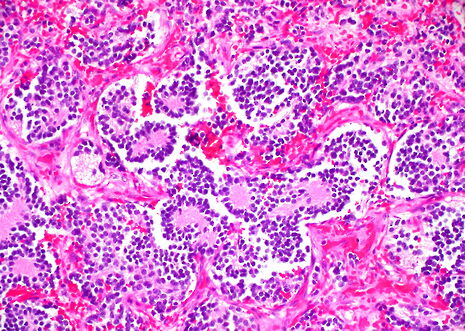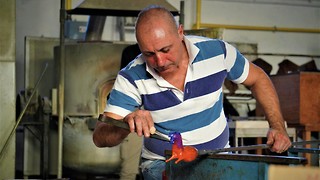Progress in Cambridge research into childhood cancers
A Cambridge team has made headway towards better non-invasive cancer diagnosis

Research published recently by a team from the University of Cambridge and Addenbrooke’s Hospital has illustrated the potential of a non-invasive method of diagnosis for several childhood cancers. The team, led by Dr Matthew Murray and Professor Nicholas Coleman, used a change in the levels of a particular class of molecules in blood as a detection mechanism for tumours. These molecules – microRNAs (also known as miRNAs) – are produced within cells, but some escape and can be detected. MicroRNAs, discovered relatively recently, function to regulate gene expression within cells. This ultimately affects cellular function: their significance in cancer diagnosis is that their production is deregulated in tumours. The difference in microRNA levels can then be detected in blood.
The Cambridge team used microRNA profiling techniques to measure the levels of microRNAs in both healthy individuals and individuals suffering from a number of common childhood cancers. Significant differences were found for a number of tumours such as Wilms’ tumour (a cancer of the kidneys) and neuroblastoma (usually found in the adrenal glands, as in the image above). Neuroblastoma is the most common cancer affecting children under the age of two.
While further research is undoubtedly needed before a clinical test can be developed, the significance of this research is that it raises hopes that cancer diagnosis through blood tests can be generalised. Indeed, another paper was published in January 2014 showing that microRNAs could be used in the diagnosis of pancreatic cancer. With further research it should be feasible in the next 20 years to diagnose many cancers without surgery. This development will mean that the time taken until diagnosis will be reduced and accuracy will be improved. Improved diagnostic times (and thus earlier diagnosis) will improve survival for cancer patients. Each year almost 1,600 children are diagnosed with cancer in the UK and this paper is particularly relevant for them. There is great potential for research in this field, and Cambridge is leading the way.
The study was co-founded by Sparks, the children’s medical research charity, and Cancer Research UK.
 Comment / The (Dys)functions of student politics at Cambridge19 January 2026
Comment / The (Dys)functions of student politics at Cambridge19 January 2026 Arts / Exploring Cambridge’s modernist architecture20 January 2026
Arts / Exploring Cambridge’s modernist architecture20 January 2026 Features / Exploring Cambridge’s past, present, and future18 January 2026
Features / Exploring Cambridge’s past, present, and future18 January 2026 News / Your Party protesters rally against US action in Venezuela19 January 2026
News / Your Party protesters rally against US action in Venezuela19 January 2026 News / Local business in trademark battle with Uni over use of ‘Cambridge’17 January 2026
News / Local business in trademark battle with Uni over use of ‘Cambridge’17 January 2026








